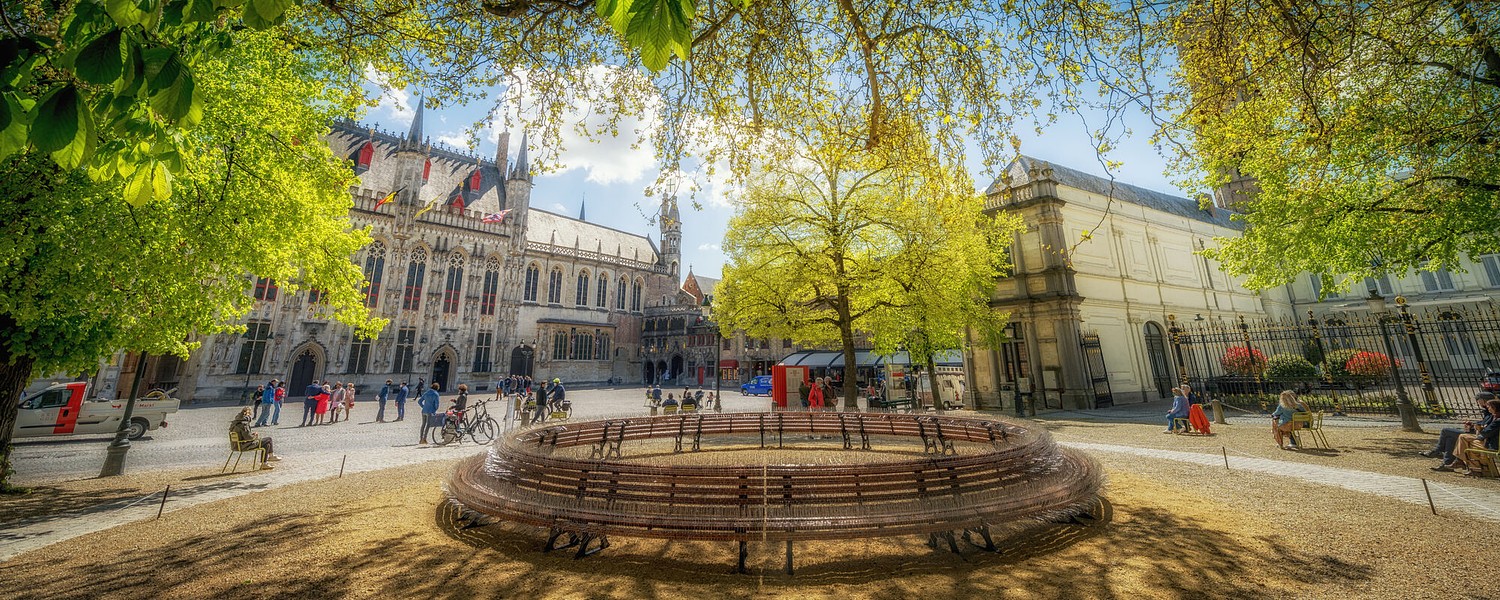
A Favourable Location
In the early Middle Ages, Bruges developed into an international and bustling trading city with its own port, made possible by its favourable location and connection with the sea. At the same time, the fortified town became a powerful political stronghold, thanks to the presence of the Flemish Counts, who ruled over the County of Flanders. In the 13th century, Bruges was the leading trade centre of northwestern Europe. Merchants from all over Europe settled in the city and the world’s first ever stock exchange (‘Beurs’ in Dutch) was founded in Bruges.
These market activities took place in front of the house owned by a powerful family of brokers, the Van der Beurse family. As a result, their name became linked for all time with this kind of financial institution. In spite of the typical medieval maladies, the citizens of Bruges prospered, and soon the city developed a magnet-like appeal. Around 1340, the inner city numbered no fewer than 35,000 inhabitants.
Read more








